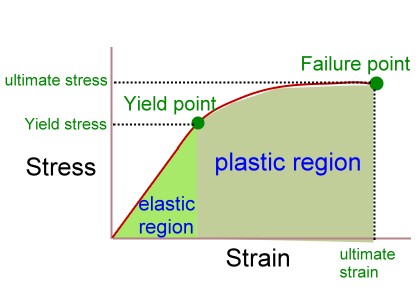Stretching versus ROM
Range of Motion (ROM)
- Range of motion describes specific (joint) or gross (limb and trunk) movement.
- ROM can load and stress soft tissues
- ROM may be selected as a therapeutic exercise in order to:
- decrease pain
- prevent contracture
- promote circulation
- maintain and promote elasticity
- Early healing ROM follows a predictable sequence: PROM, then AAROM, then AROM
- The type for ROM exercise (PROM, AAROM, AROM) is largely based on tissue healing stages and any subsequent post-operative precautions
Stretching
- Stretching includes applying a force over time in the end range of the tissue to create lasting changes in soft tissue length
- Stretching is most effective when the soft tissues are heated to promote extensibility
- Stretching may be selected as a therapeutic exercise in order to:
- increase ROM
- reduce posture impairment
- decrease pain
- increased strength
- reduce functional mobility impairment
- Techniques can be passive (i.e., static stretch) or active (i.e., hold-relax, contract-relax)
- General descriptions include static, cyclic, ballistic, and PNF stretch
- Stretch durations between 15 seconds and 2 minutes can produce changes in muscle length
- A minimum of frequency of 2 x week over 6 weeks is needed to produce lasting changes in muscle length
Stretching is not the same as applying PROM nor progressing to AAROM and AROM
- Muscle is comprised of contractile and noncontractile elements (i.e., soft tissue)
- Stretching - elongation of soft tissue
- Stress-Strain curve illustrates how the effect of a sustained load on soft tissue over time results in a lasting change in the length of the connective tissue
- Stress = load or force causing the strain; strain = elongation of the tissue as a % of its original length
- Creep describes how soft tissue will become increasingly stretched over time when the load on the soft tissue is constant
- Relaxation describes how the soft tissue length decreases when the load is removed.
- Yield point - when the soft tissue will no longer return to it's original resting length
- Viscoelasticity of soft tissue is represented by the strength-strain curve; repetitive stretching allows for the soft tissue to experience greater strain (length) under the same stress (load)
- movement in the elastic range will result in no change to muscle length - the tissue "bounces" back
- stretching occurs in the plastic range and will result in soft tissue lengthening by "breaking" collagen fibers; energy from breaking collagen is released as heat
- longer strain durations are indicated for older patients due to changes (e.g., decreased) plasticity of soft tissue
- overstretching can result in tissue failure, tearing, strain and/or rupture (failure point)

- http://www.pt.ntu.edu.tw/hmchai/bm02/bm02method/ForceMeasure.files/StressStrain.jpg
Static stretch is the safest form of stretching. A constant load applied over time will allow the soft tissue to safely yield, target collagen fibers which restrict motion, yet protect from strain and/or tear.
PNF stretching is the most effective method to increase muscle length over time.